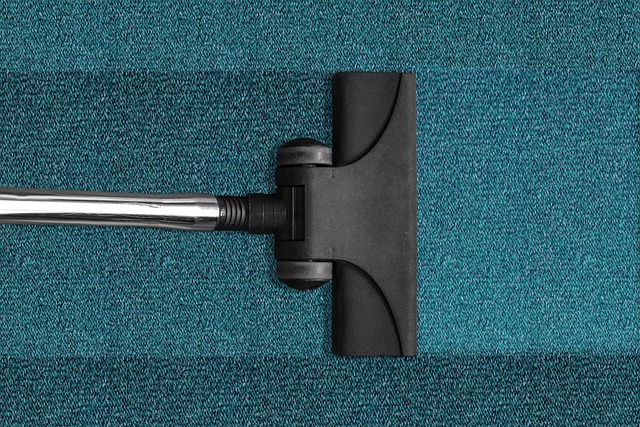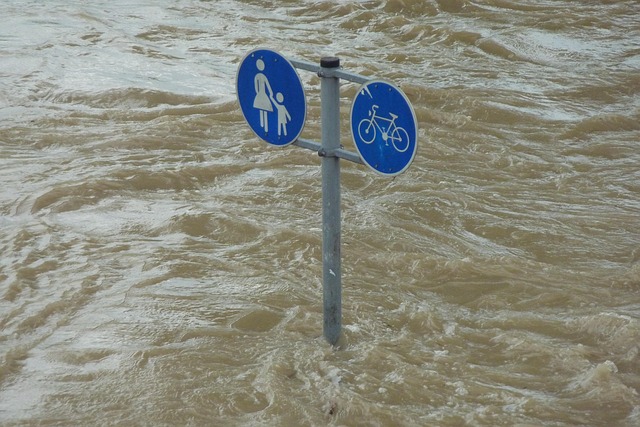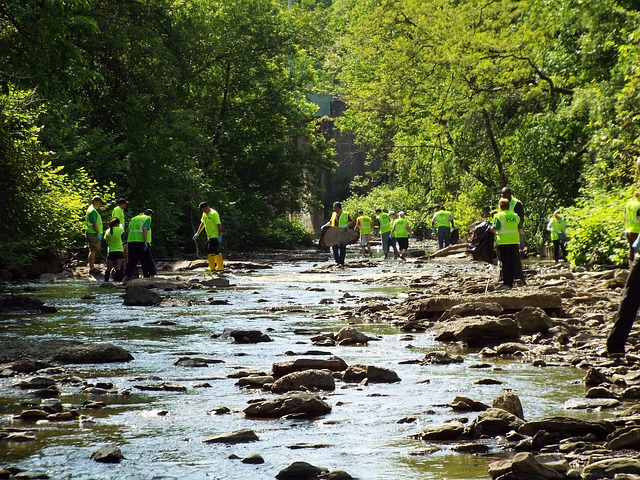After a Denver flood, conduct a thorough damage assessment with photos/videos. Contact insurance provider immediately, like Advanced Restoration Colorado. Document repairs, estimates, and receipts for a smoother claims process. Promptly navigate insurance claim, use professional water extraction services for safe cleanup.
After a flood, navigating insurance claims can seem overwhelming. This comprehensive guide, tailored for Denver flood cleanup, breaks down the process step-by-step. From assessing damage and contacting your provider, to documenting everything with photos and gathering evidence, we demystify each crucial step. Learn how to file a claim effectively, avoid common pitfalls, and ensure a smoother recovery process.
- Assess Damage and Contact Your Insurance Provider
- Document Everything: Gather Evidence and Take Photos
- File a Claim: Step-by-Step Process and Common Pitfalls to Avoid
Assess Damage and Contact Your Insurance Provider

After a flood hits your Denver home or property, the initial step in filing an insurance claim is to assess the damage thoroughly. Start by inspecting every corner of your space, taking note of affected areas and the extent of water intrusion. Document everything with clear photos and videos—this evidence will be crucial for your claim. Focus on both visible damages like shattered windows or submerged furniture, as well as potential hidden issues such as mold growth or structural instability that may require professional Denver flood cleanup services.
Once ready, contact your insurance provider without delay. Advanced Restoration Colorado specializes in fire damage restoration and professional flooding restoration, ensuring a swift response to your claim. Clearly communicate the situation, providing details on the extent of damage and any necessary emergency repairs. They will guide you through the claims process, offering advice tailored to your specific circumstances, including potential steps like temporary repairs or connecting you with reputable contractors for Denver flood cleanup services.
Document Everything: Gather Evidence and Take Photos

After a flood, it’s crucial to document everything related to the damage caused. In Denver, where dry wall flood repair is a common need following such events, gathering evidence and taking photos becomes an essential step in your flood insurance claim process. Start by capturing clear images of both the damaged areas and any unaffected portions of your home. This visual record will help you demonstrate the extent of the loss to insurance adjusters.
Include photographs of water levels, saturated carpets, discolored walls, and any personal belongings that have been affected. Additionally, keep records of repair estimates from professionals, as well as any receipts for temporary repairs or necessities like clothing or food purchased while your home is being restored. Restoring flooded homes in Denver requires thorough documentation to ensure a smoother claim process and faster compensation during what can already be a stressful time. Remember, when to call for flood help is a critical decision, so act promptly and document everything along the way.
File a Claim: Step-by-Step Process and Common Pitfalls to Avoid

After experiencing a flood, the last thing on your mind is likely the process of filing an insurance claim. However, navigating this step-by-step process is crucial for restoring your Denver flood cleanup efforts and getting your life back on track. Here’s a breakdown to guide you through it:
1. Assess the Damage: Before filing, document every affected area thoroughly. Take photos and create an inventory of damaged items, including their value. This will be essential for your claim.
2. Contact Your Insurance Provider: Reach out to your insurer as soon as possible after the incident. Most companies have dedicated flood insurance claims teams ready to assist. Provide them with all relevant details about the event and your policy. Make sure you understand the process they outline and any specific requirements for your claim, like filing deadlines and necessary documents.
3. Prepare Your Claim: Gather all the required information: policy number, dates of loss, estimated repair costs from contractors, and photographs. Avoid common pitfalls by ensuring accuracy in reporting details, including the cause of the flood (e.g., burst pipe, heavy rainfall). Keep records of all communication with your insurance company for reference.
4. File Online or via Phone: Most insurers offer online claim filing, which is convenient but ensure you understand the platform’s security measures. Alternatively, calling can provide a more direct and personalized experience. Follow their guidelines carefully to submit your claim effectively.
5. Restoring Flooded Homes Denver: Once approved, your insurer will send an adjuster to assess repairs. Collaborate closely with them to ensure a fair process. Remember, removing flood debris safely from your property is essential for preventing further damage during the cleanup process. Water extraction for businesses and homes in Denver should be left to professionals who can handle it effectively and efficiently.
When navigating the aftermath of a flood in Denver, filing a flood insurance claim is a crucial step towards Denver flood cleanup and recovery. By following these clear steps and avoiding common pitfalls, you can ensure your claim is processed smoothly. Remember to document every detail, from taking photos of damage to gathering evidence, as this will be vital during the claims process. With the right preparation and knowledge, you’ll be one step closer to restoring your property and getting back on track after a flood.
